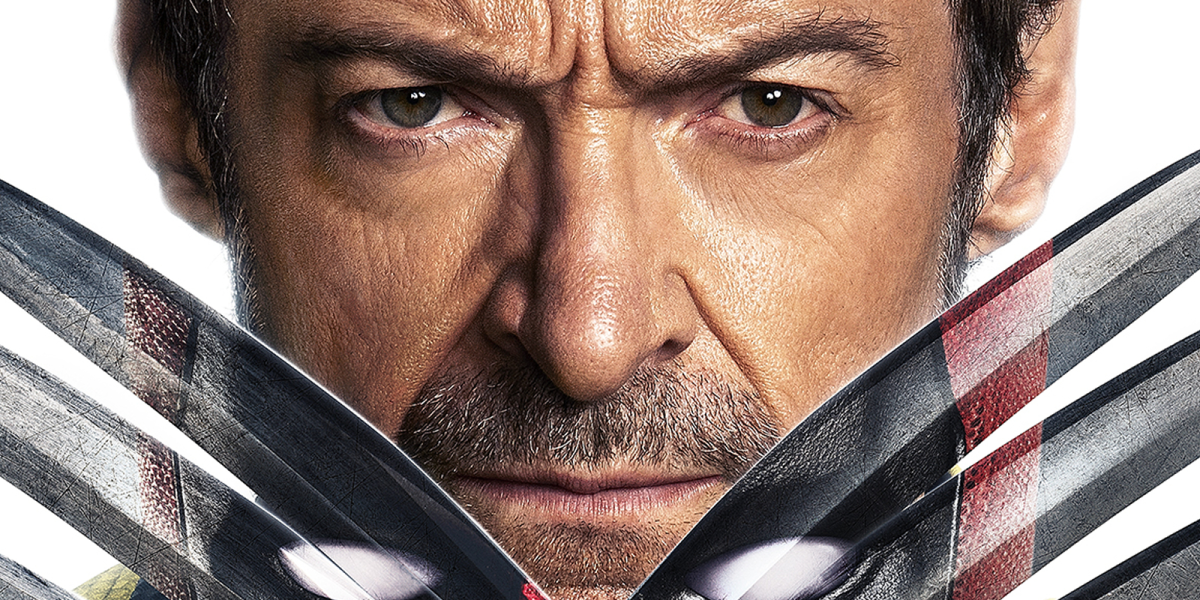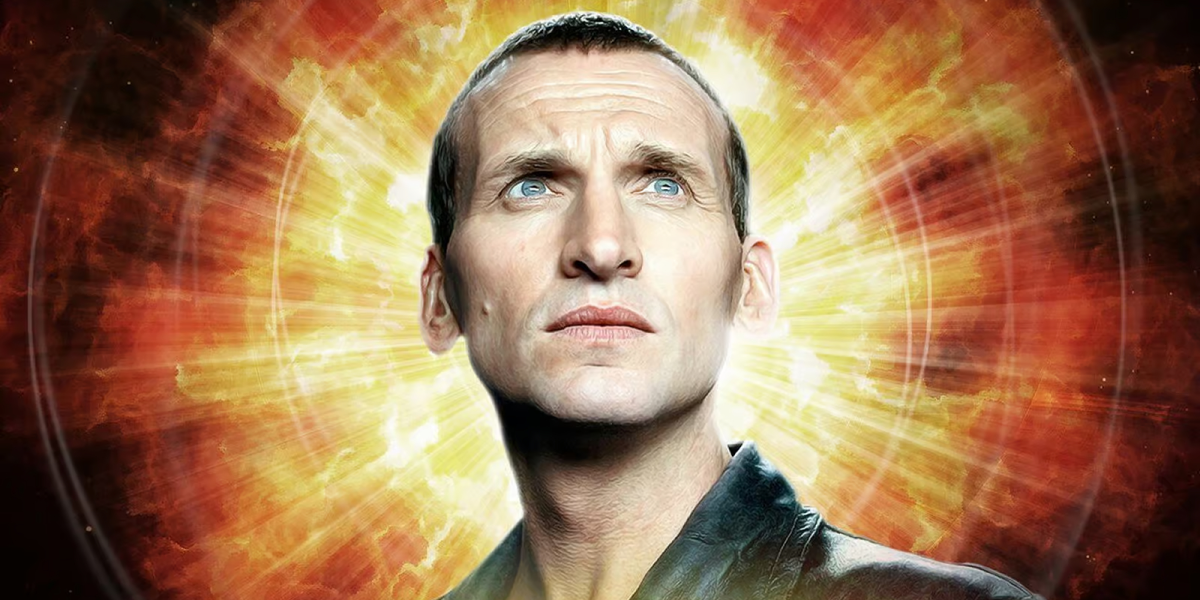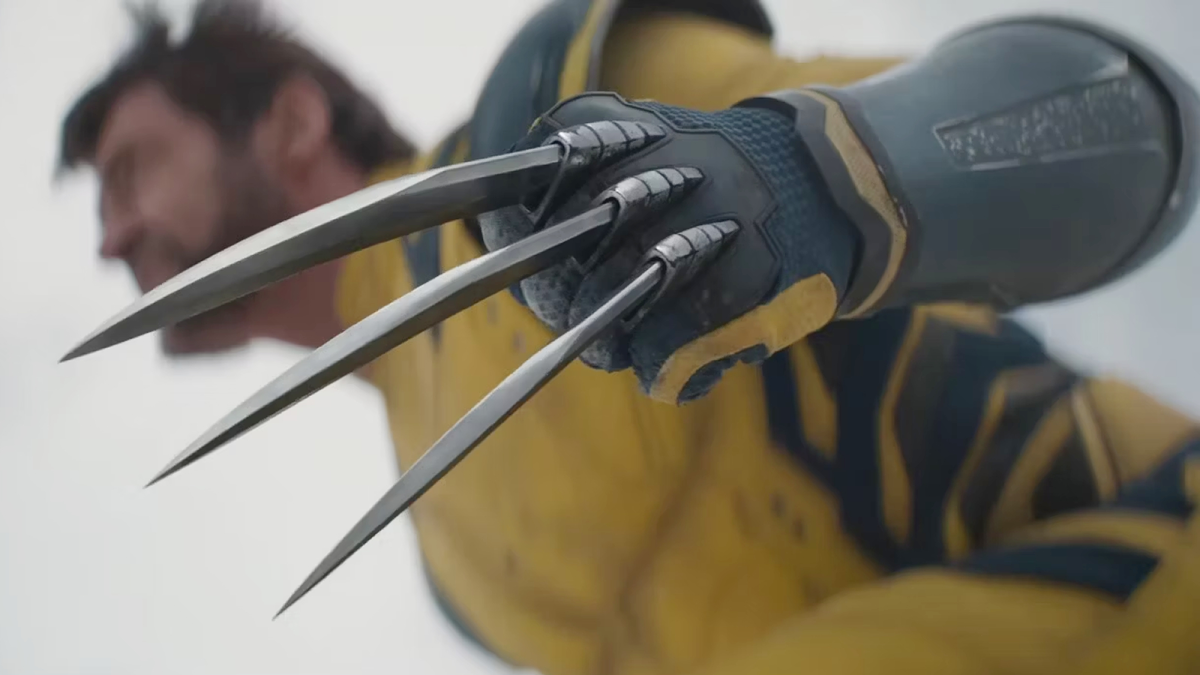The best and the worst thing about the fourth season of Star Trek: Lower Decks is how it feels like business as usual.
There is something undeniably comforting about Lower Decks as an animated Star Trek sitcom. Like Star Trek: Strange New Worlds, it is a love letter to the 1990s iterations of the franchise that modern fandom clearly idolizes. Like Strange New Worlds, it is heavily episodic. Also like Strange New Worlds, it is largely driven by references to familiar Star Trek lore, whether that is obscure continuity in-jokes or even adapting familiar existing Star Trek plots.
Lower Decks also benefits from two key advantages over Strange New Worlds. The first is that it has a shorter runtime. Its retreads of familiar Star Trek narrative templates tend to be brisk, leaving them less likely to overstay their welcome. The second advantage is that it is explicitly an homage, and so its riffs on familiar Star Trek setups at least arrive from a fresh angle. There is a playfulness to Lower Decks that makes its nostalgia easier to swallow.
Still, Lower Decks suffers from many of the same issues facing so much modern franchise media. It is overly beholden to what came before. It seems more tailored to appeal to existing fans than to welcome new audiences. As an animated sitcom, it pushes the boundaries of what Star Trek can be in terms of form. However, it doesn’t push the franchise outwards in terms of content. There is no radical departure here from what came before.
All that said, Lower Decks is a comfort watch. It is clearly a labor of love for its production team, especially the writers and animators. As a long-term Star Trek fan, there is something undeniably charming about a show that can make a casual reference to the Betazoid Gift Box from “Haven” or namedrop Zanthi Fever from “Fascination.” At a certain point, the production teams’ affection for the material begins to rub off on the viewer.
Over the show’s first three seasons, creator Mike McMahan has successfully carved out his own corner of the larger Star Trek universe. The third season of Lower Decks is handily one of the best seasons of Star Trek since the franchise was revived with Discovery. To its credit, the show doesn’t just have a comedy schtick, it also has a perspective. It has recurring interests and thematic preoccupations. It has things to say about automation and the future of work.
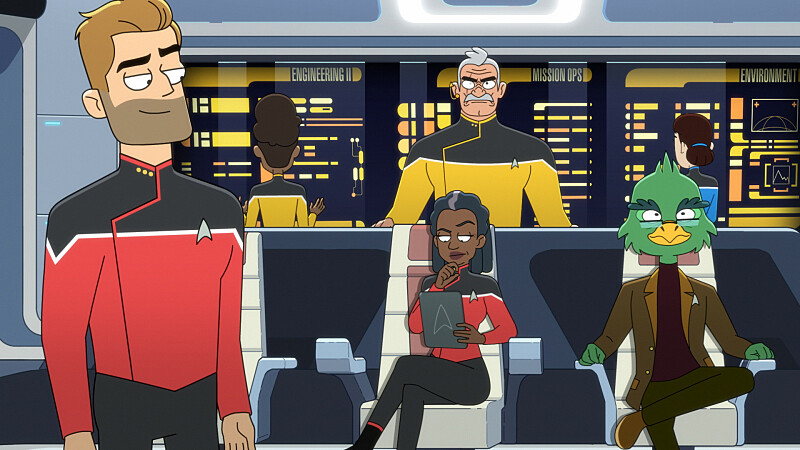
L-R Jerry O’Connell as Commander Jack Ransom, Fred Taatsciore as Lieutenant Shaxs, Dawn Lewis as Captain Carol Freeman and Paul F. Tompkins as Doctor Gabers Migleemo appearing in episode 1, season 4 of Lower Decks streaming on Paramount+, 2023. Photo Credit: Paramount+
The eight episodes of the show’s fourth season that were screened for critics aren’t quite as impressive. It’s not that there’s anything inherently lesser about this season. The cast are still charismatic. The characters are still rich and well-drawn, both literally and metaphorically. The show’s enthusiasm for its source material still bubbles through every frame. However, the show seems markedly less ambitious than it was in its previous seasons.
This is true narratively and thematically. The third season of Lower Decks stood out for its willingness to consider life outside of Starfleet. Beckett Mariner (Tawny Newsome) left Starfleet to join adventuring archeologist Petra Aberdeen (Georgia King). The season’s penultimate episode, “Trusted Sources,” found the crew revisiting a world so fundamentally scarred by its experiences with Jean-Luc Picard (Patrick Stewart) in “Symbiosis” that it wanted nothing to do with the Federation.
More than that, Lower Decks has historically been willing to experiment with narrative form. “Crisis Point” and “Crisis Point II: Paradoxus” riffed on the cinematic storytelling of the Star Trek film franchise. “A Mathematically Perfect Redemption” was largely told from the perspective of the villainous Peanut Hamper (Kether Donohue). Given that nearly 900 episodes of Star Trek exist, and many of those are episodic self-contained adventures, the franchise can afford to take risks.
Episodic seasons of television are challenging. They are only as good as their best individual episodes. The second season of Strange New Worlds suffered from many of the same weaknesses as the first, but was buoyed by the inclusion of two standout adventures, “Ad Astra Per Aspera” and “Under the Cloak of War.” That season was also formally adventurous, combining animation and live action in “Those Old Scientists” and performing a musical in “Subspace Rhapsody.”
The fourth season of Lower Decks lacks anything as narratively or thematically ambitious. Indeed, the show seems stuck in a holding pattern. This is strange, given that the fourth season features a number of changes to the status quo that have already been confirmed in pre-release press. The show’s central quartet get promoted early in the season. The final episode of the third season found the Vulcan T’Lyn (Gabrielle Ruiz) joining the ensemble, having previously appeared in “wej Duj.”
Theoretically, these changes should represent a significant shift to the show’s status quo. There is even something strangely affecting in watching the cast bid farewell to the corridor that has doubled as their quarters for three years. The season affords space to subplots about Brad Boimler (Jack Quaid) learning to cope with the responsibility of command and Mariner’s complicated relationship with Commander Jack Ransom (Jerry O’Connell).
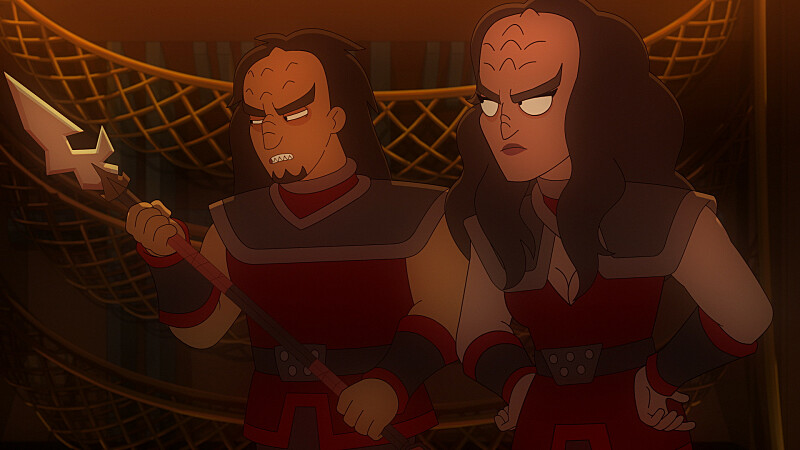
Episode 1, season 4 of Lower Decks streaming on Paramount+, 2023. Photo Credit: Paramount+
However, this all feels less than the sum of its parts. The dynamics remain largely unchanged. Many of the plots could have played out before the characters were promoted. Even the presence of T’Lyn feels somewhat underwhelming, lacking the frisson that fourth season additions like Worf (Michael Dorn) or Seven of Nine (Jeri Ryan) brought to Deep Space Nine and Voyager. While the arrival of Worf and Seven of Nine generated conflict and drama on their shows, T’Lyn is largely just… there.
There is also the problem of the season’s recurring plot thread, the setup for a mystery that will inevitably be resolved in the finale. The third season had some fairly decent long-form storytelling, particularly concerning Mariner’s resignation, the introduction of Aberdeen, and the suggestion of Samanthan Rutherford’s (Eugene Cordero) mysterious past. In contrast, the big driving mystery in the fourth season is built around an initially charming but eventually repetitive riff on “wej Duj.”
These are not fatal issues. They just represent something of a backslide from an impressive third season. There is a lot to enjoy in the fourth season of Lower Decks. The show continues to develop its own internal continuity. The show’s exploration of D’Vana Tendi’s (Noël Wells) complicated relationship to her Orion heritage continues to be both funny and thoughtful. There is also some nice subtle character work for Mariner, as she struggles to cope with her own advancement.
While the show’s fanservice remains excessive, the fourth season uses some of these familiar elements to great effect. It is clear that McMahan and the writers have put a lot of thought into what it is that they love about Star Trek, and have written these episodes to showcase this. The season premiere is a sincere love letter to a specific earlier show in the franchise, one that acknowledges a large part of the appeal of that show is how “kooky” it is.
There is a reasonable argument to be made for Lower Decks as the most successful of the revival Star Trek shows. It certainly enjoys the greatest success in evoking the Star Trek of the 1990s. The show’s willingness to filter its nostalgia through broad comedy makes it more palatable than recent efforts like the third season of Picard or the first two seasons of Strange New Worlds. It is more transparent and less self-important about what it is doing. That is still true of the fourth season.
That said, the show has historically stood out from its contemporaries in its willingness to try new things, to be formally and narratively adventurous. As it stands, the crossover of Boimler and Mariner into live action in “Those Old Scientists” on Strange New Worlds feels more experimental than anything in the eight episodes of the fourth season screened for critics. For the first time since the launch of the animated spinoff, Lower Decks finds itself in something of a holding pattern.


